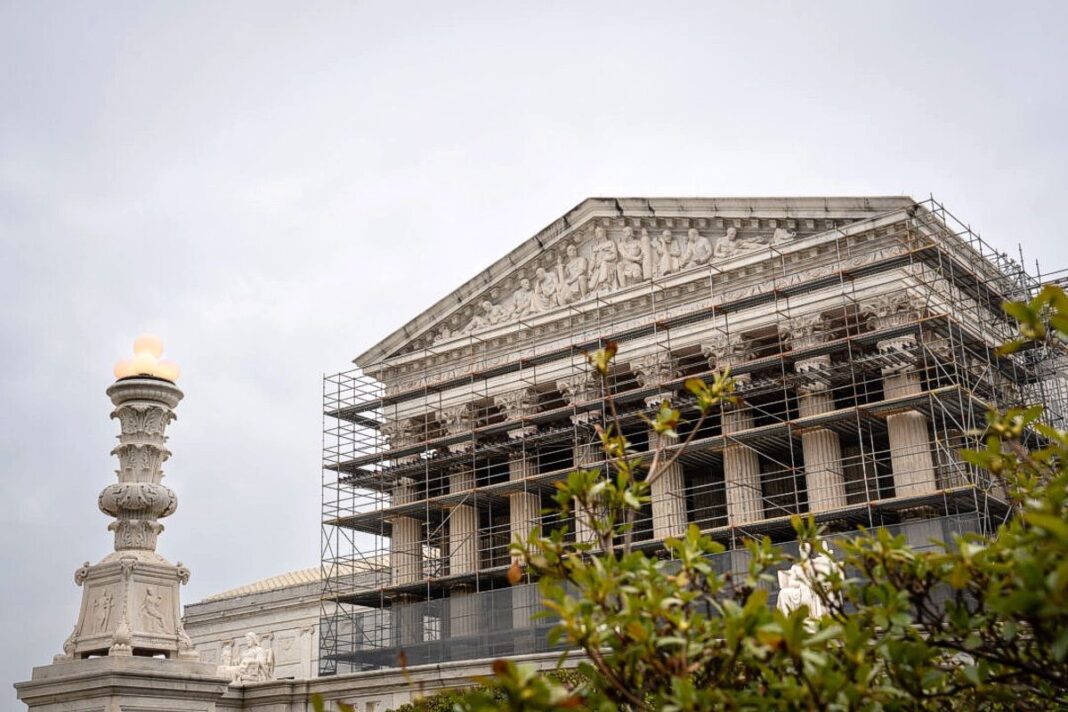Department of Energy’s call for ‘co-locating energy sources with data centers’ lists 16 federal sites ’uniquely positioned for rapid data center construction.’
Data center developers with shovel-ready projects that can be operating before 2028 have until May 7 to respond to the Trump administration’s call for locating on sites within Department of Energy properties.
Energy Secretary Chris Wright said offering data center co-location leases near or on department lands is a genesis of President Donald Trump’s whole-of-government National Energy Emergency declaration and his Jan. 23 ‘Removing Barriers To American Leadership In Artificial Intelligence’ executive order.
The department’s laboratories and lands will play key roles in growing the electric grid to ensure that the nation remains on the cutting edge of advancements in artificial intelligence and quantum computing, developments that will define 21st-century economies, he said in an April 3 announcement.
Much is at stake, Wright said, because unless the United States can rapidly boot-up its capacity to generate and transmit electricity, it will “lose the AI race to China.”
The department’s request for information offers developers sites on properties “uniquely positioned for rapid data center construction, including in-place energy infrastructure with the ability to fast-track permitting for new energy generation such as nuclear.”
Among the 16 properties are two defunct uranium gaseous diffusion plants and sites on national laboratories lands, including Oak Ridge in Tennessee and Los Alamos in New Mexico, key World War II technology hubs that produced the first atomic bombs.
“The global race for AI dominance is the next ‘Manhattan Project’ and, with President Trump’s leadership and the innovation of our national labs, the United States can and will win,” Wright said.
The North American Electric Reliability Corp. nearly tripled its nine-year electricity growth-demand projections from previous forecasts in 2023, a shock wave that rippled through transmission operators and utilities that manage a grid largely unprepared for such a surge.
Large commercial and industrial “loads,” including data centers, bitcoin mines, and supercomputers, will fuel this surge, the forecast stated, although wide-scale digitalization—the average home has 21 devices—is also contributing.
A December 2024 Department of Energy report projected that data center energy demand will triple by 2028, a trend already underway, according to CBRE’s North America Data Center Trends H2 2024 report, which documents that more than double the data centers were under construction in December 2024 than in December 2023.
The Dodge Construction Network said new buildings to house information technologies, such as data centers, constitute the fastest-growing segment of nonresidential construction planning, increasing by 20 percent in 2024.
J.P. Morgan told Reuters that spending on data centers could add between 10 and 20 basis points to U.S. economic growth in 2025 and 2026.
But first, they’ll need to plug in to power up.
Executives with several national regional transmission operators told a Senate panel on March 25 they’re uncertain they’ll be able to generate the electricity these new data centers will need by 2028 without creating shortages and higher bills for existing customers.
By John Haughey







